Sony is going to unveil the Xperia 1 VII, a smartphone that doesn’t just borrow from its legendary Alpha 1 mirrorless flagship—it channels its very DNA. With cutting-edge sensor technology, advanced computational imaging, and precise manual video controls derived directly from the Alpha series, the Xperia 1 VII isn’t merely a phone with a good camera. It’s a cinematic tool, purpose-built for filmmakers, content creators, and image purists who demand Alpha-level control and performance in their pocket. From a stacked CMOS Exmor T sensor that mimics the Alpha 1’s high-speed image processing to a continuous optical zoom lens that mirrors pro glass behavior, this device blurs the boundaries between phone and filmmaking rig. Sony is sending a clear message: the Xperia 1 VII is not just for snapping—it’s for directing.
It’s important to note that this analysis is based on Sony’s teaser materials and early reports from analysts, and final product specifications may differ upon official release.
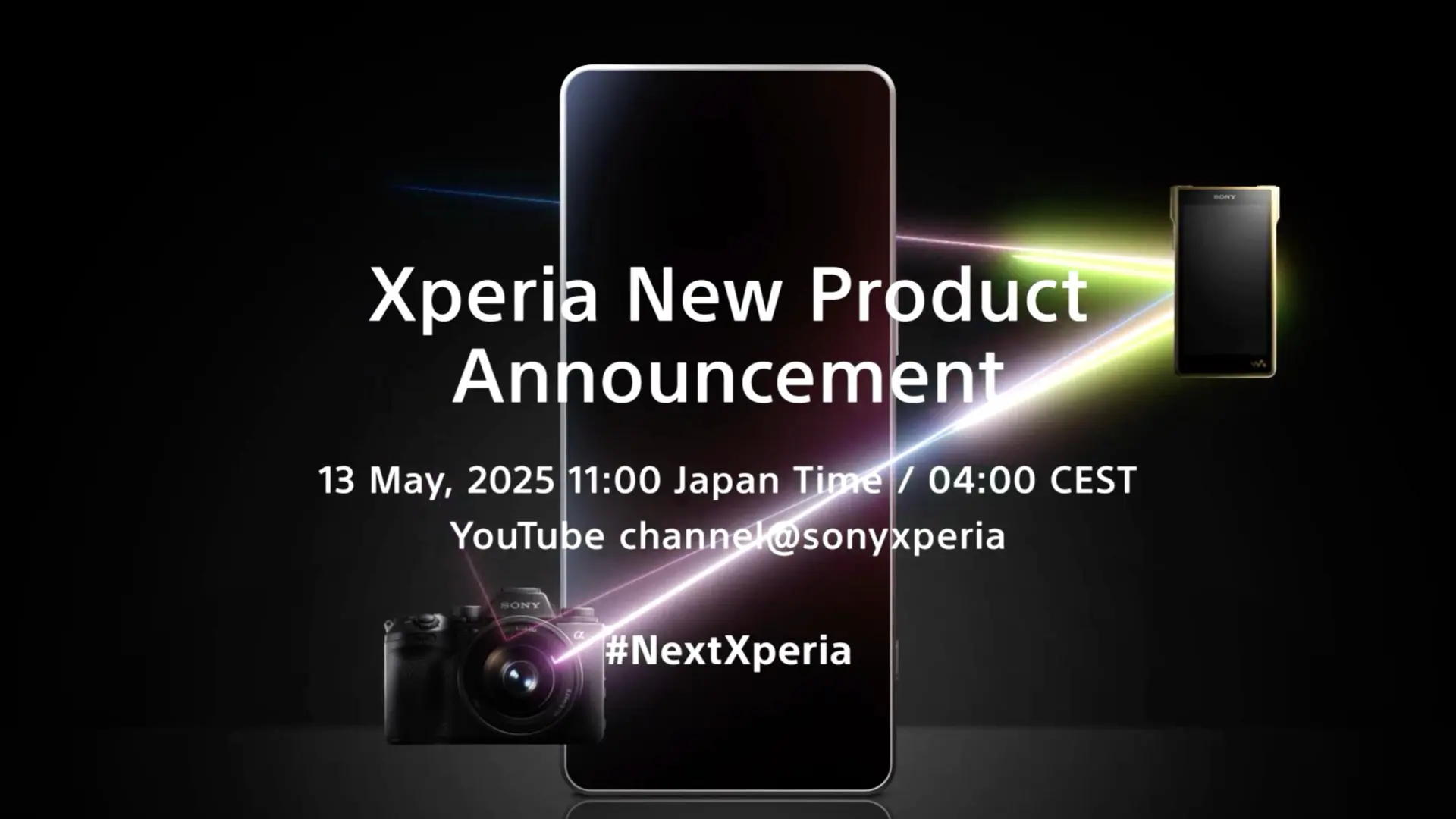
Flagship Sensor Tech in Miniature
Just like the Alpha 1 introduced a next-gen stacked sensor for blazing speed and dynamic range, the Xperia 1 VII features Sony’s Exmor T stacked CMOS sensors on all three lenses—main, ultrawide, and telephoto. This innovation mimics the A1’s dual-layer architecture, separating the photodiode and transistor to enhance light capture, reduce noise, and increase readout speed.
For filmmakers, this means faster rolling shutter performance, better low-light footage, and more cinematic color rendering.
Alpha UI and Manual Video Control
The Xperia 1 VII doesn’t just inherit Alpha hardware; it borrows Alpha UI design and professional workflow. Through its “Videography Pro” and “Photography Pro” apps, users can access manual ISO, shutter speed, white balance, focus peaking, and real-time LUT previews—just like on an A1.
This isn’t about presets. It’s about full control—frame by frame, stop by stop.
Continuous Optical Zoom: The Mobile Equivalent of a G Master Lens
Sony made headlines with the Xperia 1 IV’s variable telephoto lens. Now, with the 1 VII, it introduces true continuous optical zoom ranging from 70mm to 200mm—an innovation inspired by the flexibility of G Master zoom lenses. Just as the Alpha 1 pairs seamlessly with lenses like the 70–200mm f/2.8, this phone gives filmmakers real focal length compression, not digital tricks.
For the mobile cinematographer, this allows storytelling through lensing—not cropping.
Alpha Meets CineAlta Philosophy
Sony sits uniquely at the crossroads of consumer imaging (Alpha) and professional cinema (CineAlta, Venice). The Xperia 1 VII reflects this rare duality. While its sensor and software lean heavily on the Alpha 1’s tech, its video philosophy borrows from CineAlta—offering flat profiles, precise color science, and dynamic control over exposure and motion cadence.
In essence, the Xperia 1 VII is where Alpha’s power meets Venice’s soul—within a device that fits in your pocket.
A New Tool for Cinematographers
While no smartphone can match the raw capabilities of a full-frame A1 or a VENICE 2, the Xperia 1 VII comes shockingly close in specific use cases:
-
B-Cam or C-Cam: Match footage from Alpha or FX series with similar color science and manual controls.
-
Location Scouting: Use the device as a digital director’s viewfinder with accurate focal length simulation.
-
Guerrilla Filmmaking: Capture stealthy cinematic shots in locations where a full rig is impractical.
-
Social Content for Film Professionals: Quickly capture high-quality BTS, director diaries, or cinematic previews in 4K with professional audio.
What It’s Missing (For Now)
While Sony has brought Alpha DNA to the Xperia line, there are still limitations:
-
No interchangeable lenses
-
Likely 8-bit internal video (10-bit would be ideal)
-
Smaller sensor size than APS-C or full-frame
-
Limited internal ND filtering or modularity
But that’s expected. The brilliance of the Xperia 1 VII lies in what it carries over: a deep integration of Alpha’s manual control, sensor architecture, and image philosophy. Here’s some footage pf the phone released by Sony:
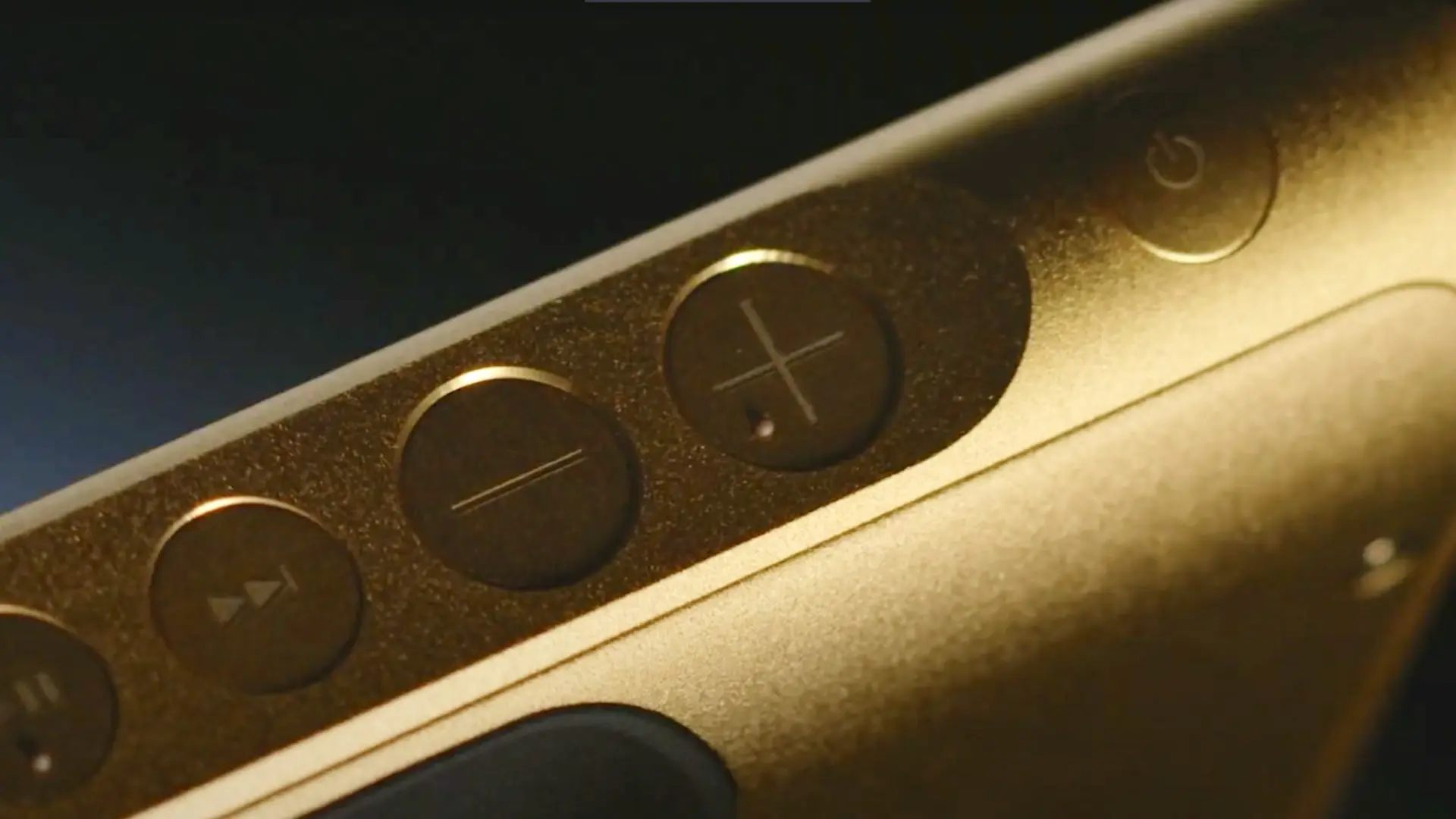
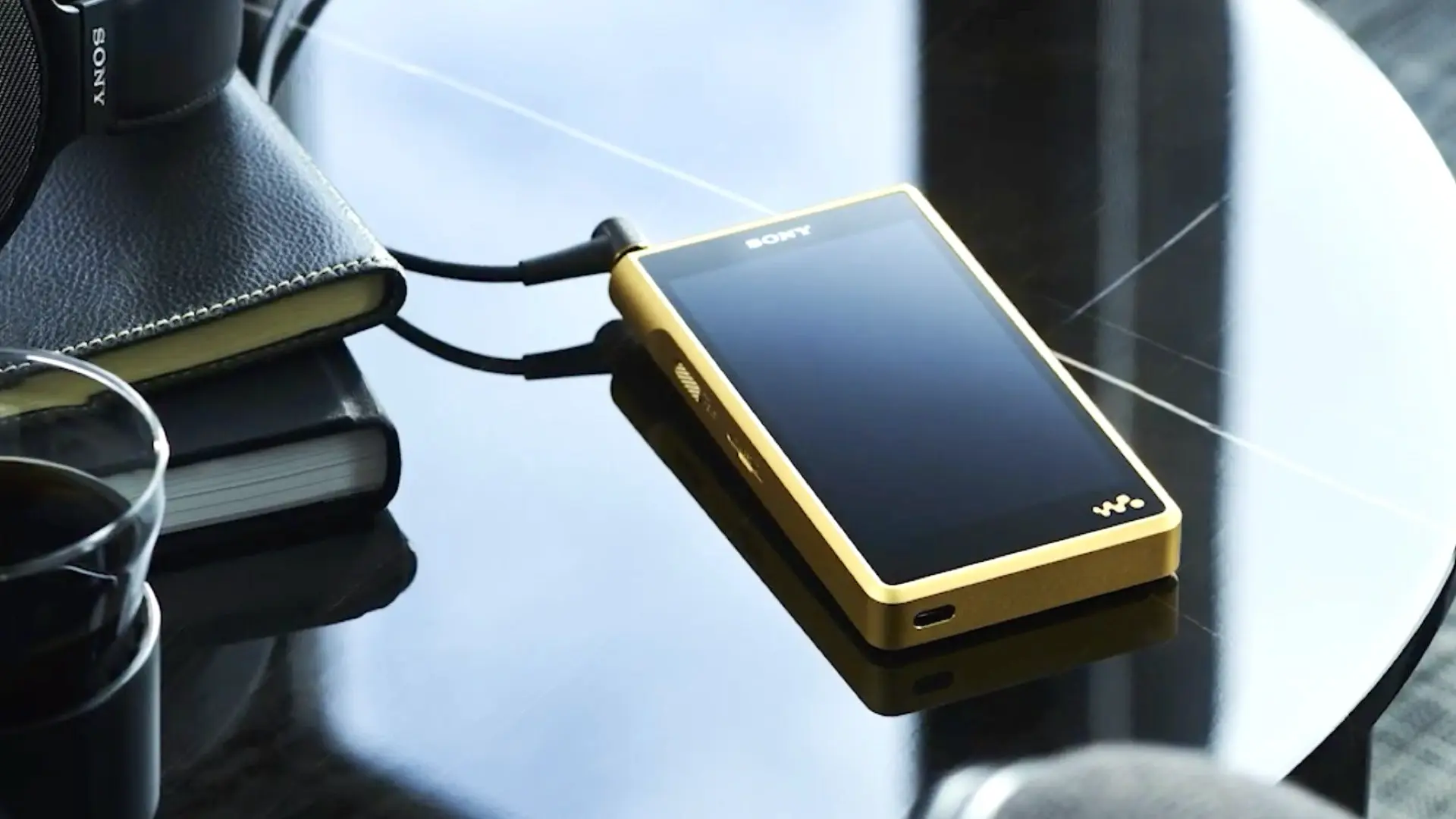
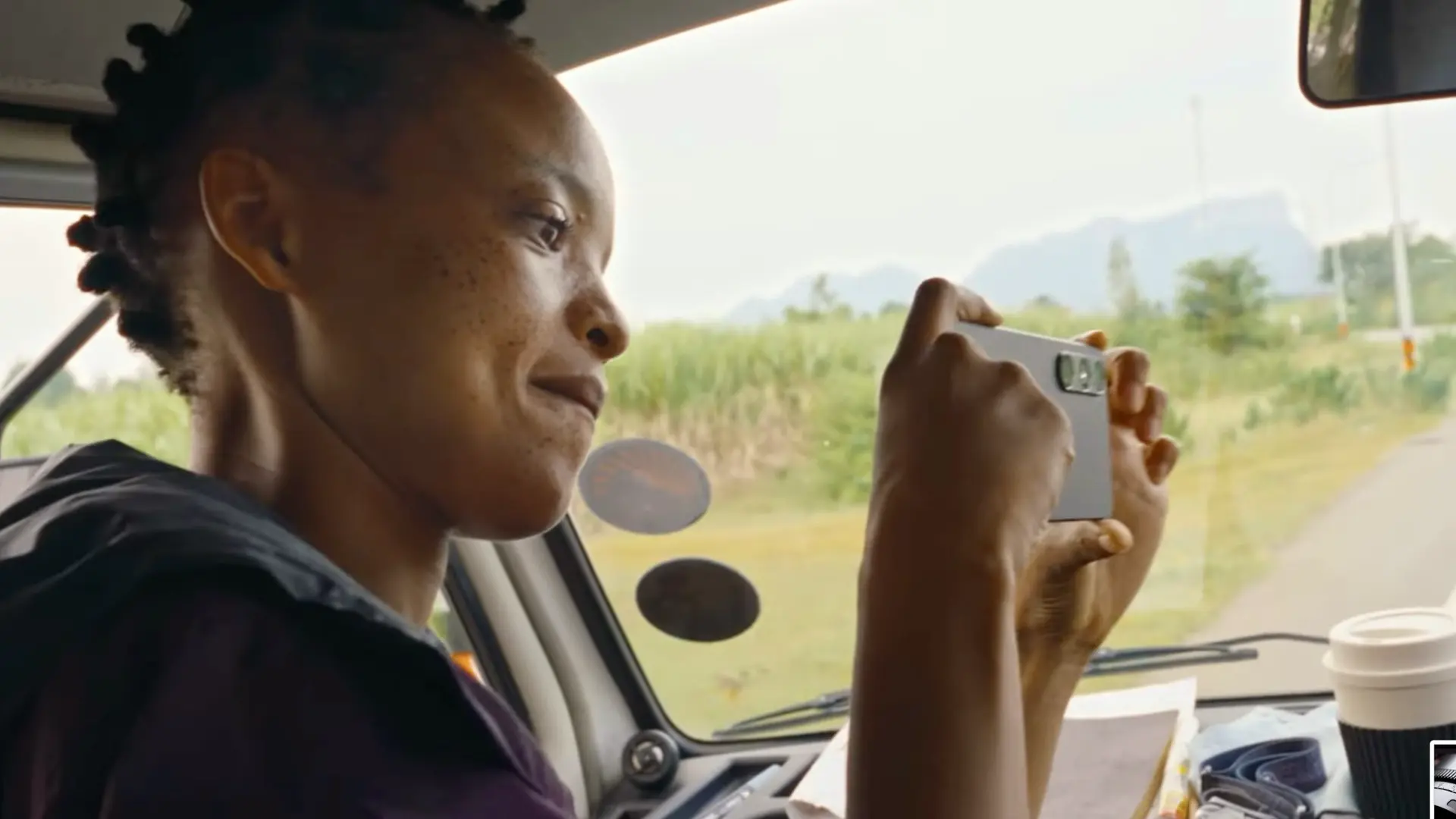

BUY the Sony Alpha 1 on Amazon | B&H | Adorama
From Pocket to Premiere: Smartphones Enter Elite Filmmaking
The Xperia 1 VII isn’t just another camera phone—it’s part of a growing movement where smartphones are rapidly becoming legitimate filmmaking tools. This evolution has been long in the making, and Sony is at the forefront of it, drawing direct inspiration from its Alpha 1 flagship and embedding that pedigree into a compact, connected device. The results are not just impressive—they’re cinematic. Recent years have proven that smartphone filmmaking isn’t a gimmick. In fact, a $75 million blockbuster was recently shot on an iPhone, shattering assumptions about what’s possible without a full-size camera rig. This kind of production milestone signals a real shift: smartphones, when properly equipped and utilized, can rival traditional cameras in controlled environments. Sony recognizes this trend—but it’s also realistic. In its 2024 statement, Sony clarified that full-frame sensors won’t be coming to smartphones anytime soon due to physical limitations and thermal constraints. Instead, innovations like stacked CMOS sensors and advanced computational optics—as seen in the Xperia 1 VII—are becoming the answer. This is where Alpha DNA is critical: leveraging pro-level signal processing and glass quality without violating the physical limits of smartphones. Additionally, the surge in interchangeable lens smartphone prototypes, explored in a deep dive by Y.M.CINEMA, reveals a strong industry push toward bridging mobile devices with modular filmmaking. These experimental systems echo the Xperia’s own modular compatibility with grips, external microphones, and monitors—making it a gateway device for serious creators. This momentum is also culturally driven. As outlined in another Y.M.CINEMA report, Gen Z is helping revive the digital camera market—but not by rejecting smartphones. Instead, they’re treating smartphones as creative companions and often as entry points into more serious cinematography. Even filmmakers like the Snyders have shared practical insights on how to shoot cinematic visuals on a smartphone, including lensing choices, framing strategies, and lighting hacks that blur the line between mobile and professional. These lessons align perfectly with the Xperia 1 VII’s user-first design, which offers Alpha-style manual control and pro codecs like H.265 with LOG profiles—right out of the box. In short, the Xperia 1 VII isn’t just inspired by the Alpha 1—it’s designed to operate in the same creative arenas, whether you’re capturing B-roll on set, shooting vertical shorts for streaming, or crafting a festival-worthy feature film.
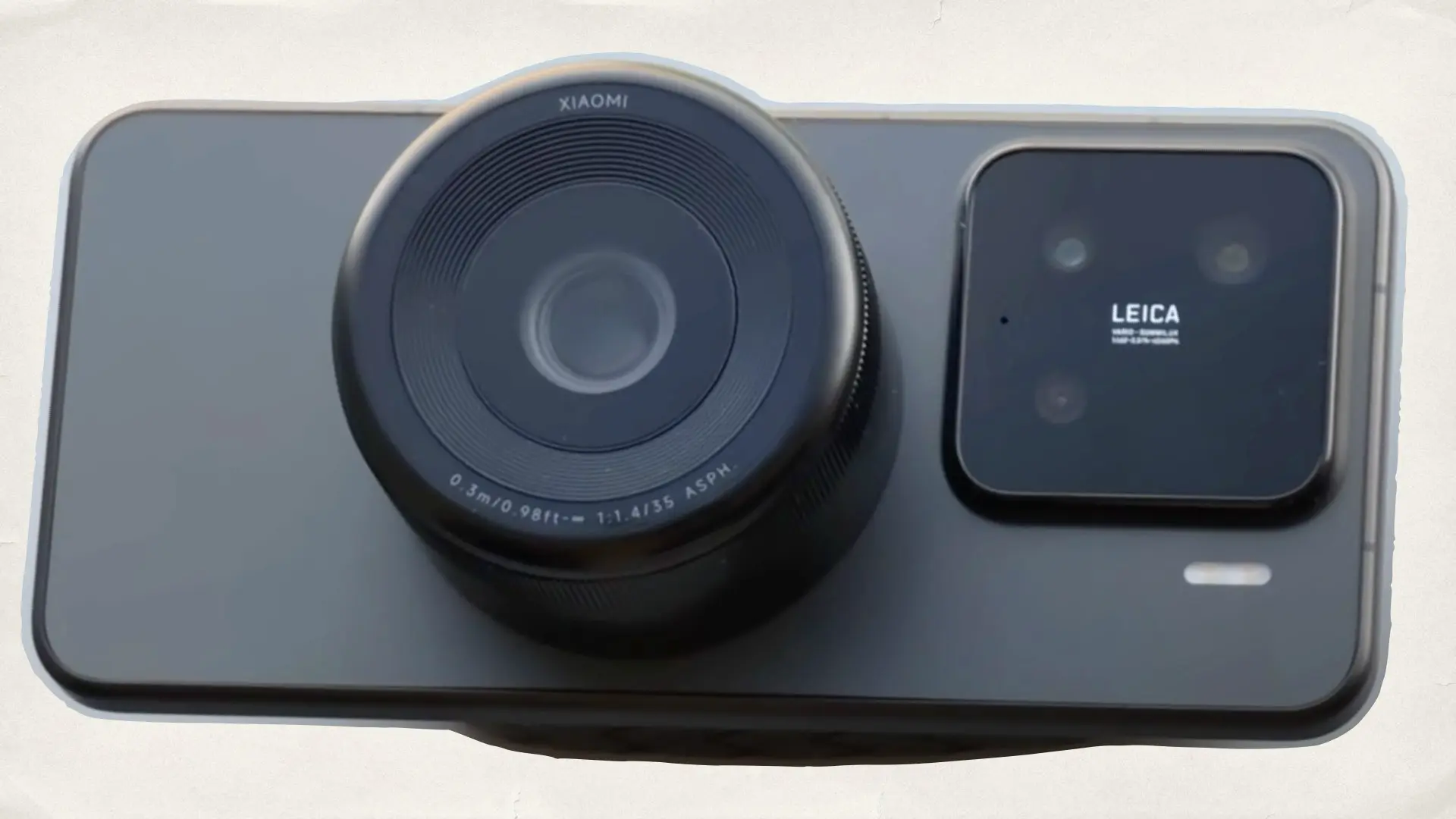
The Verdict: An Alpha for a New Generation
The Xperia 1 VII will probably be a new class of hybrid tool that brings Alpha 1 pedigree into the mobile era. By inheriting the A1’s stacked sensor concept, Alpha-style controls, and Sony’s legendary optics, it gives filmmakers a true creative instrument—whether as a companion to a cinema rig or a primary camera in its own right. Sony has long claimed the Alpha 1 is for those who “don’t want to compromise.” Now, with the Xperia 1 VII, that uncompromising spirit lives on—just in your hand, not your bag. The Xperia 1 VII is not trying to be an iPhone or Galaxy. It’s trying to be a miniature Alpha 1—a tool for creators who understand that framing, exposure, and optics matter. For cinematographers, it’s not just a step forward in mobile imaging—it’s a reminder that cinematic storytelling starts with control, not resolution.


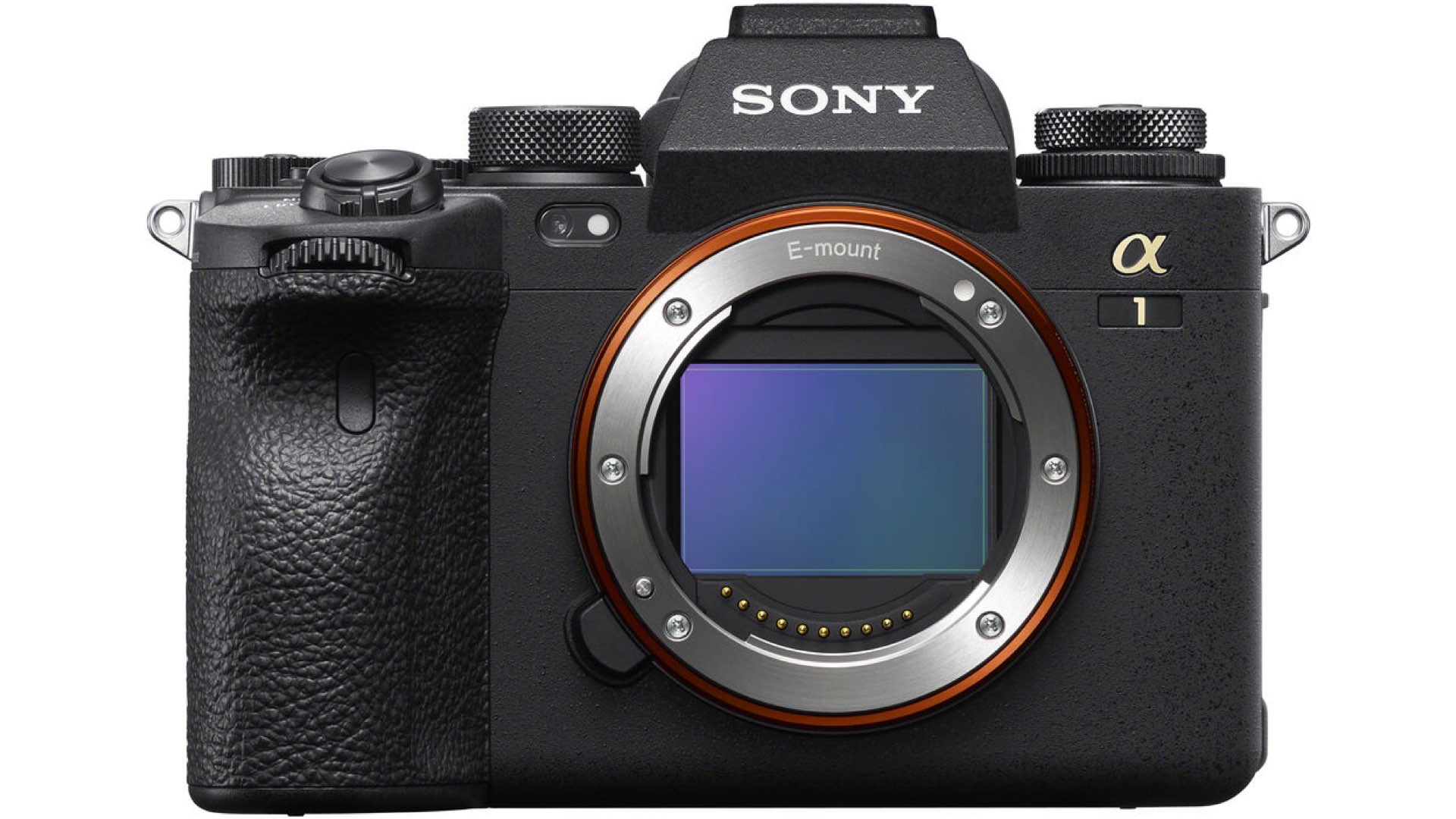
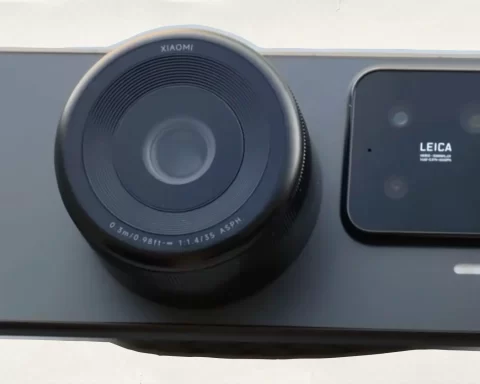
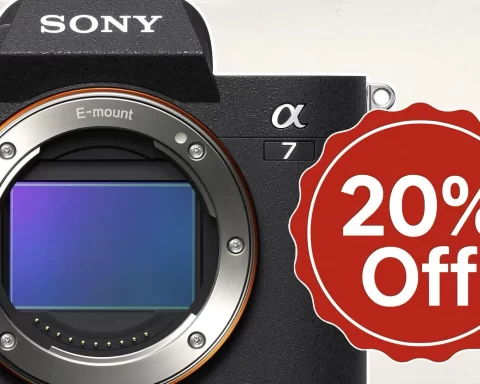
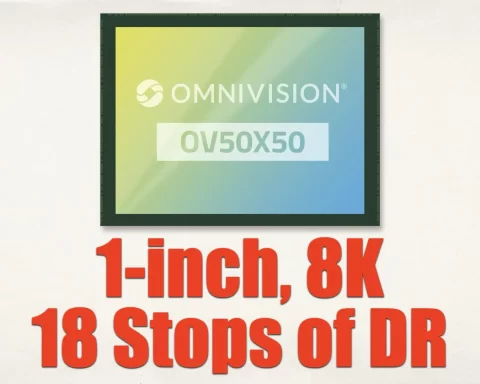
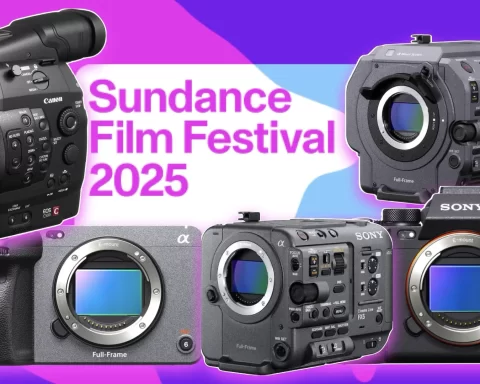
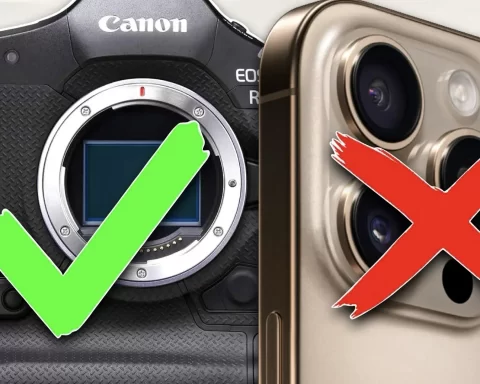
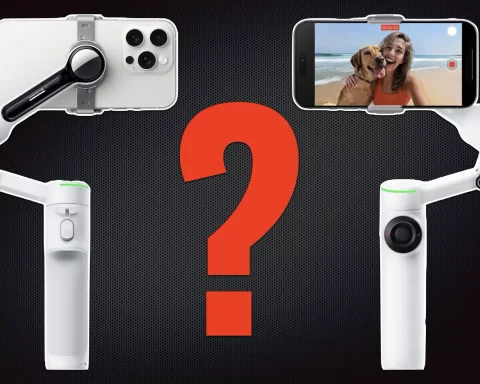
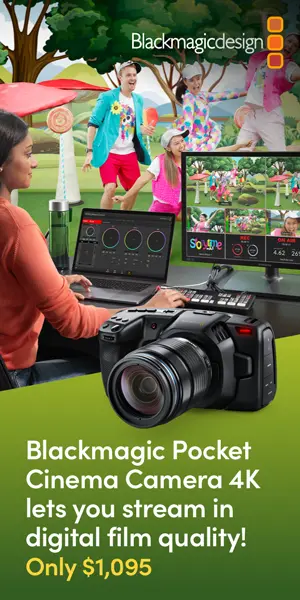
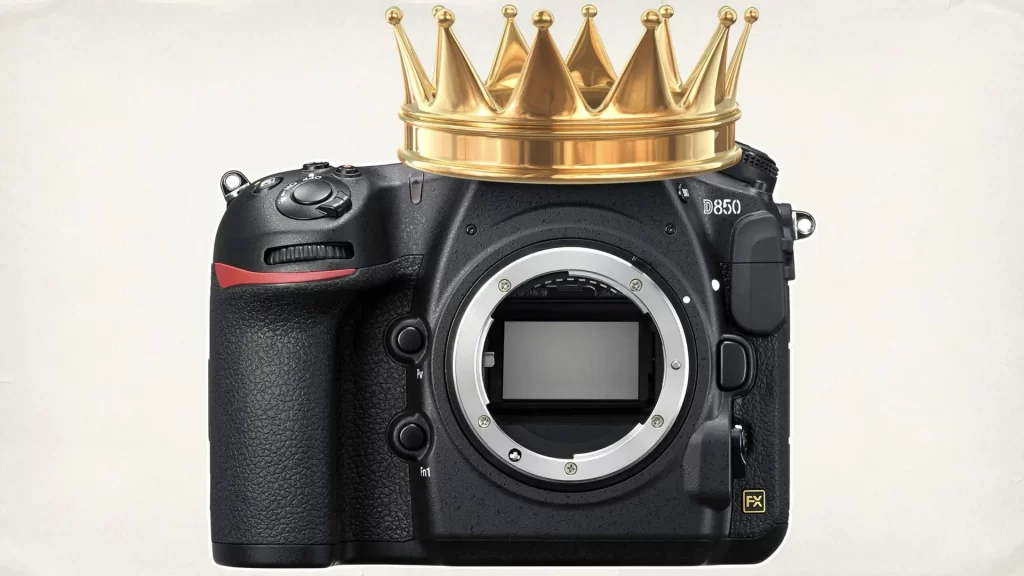
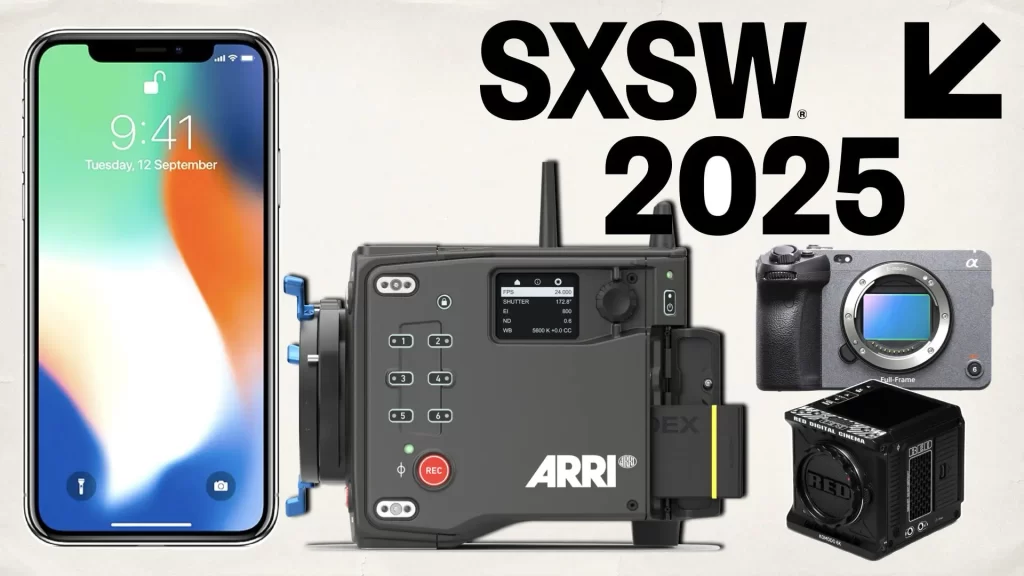
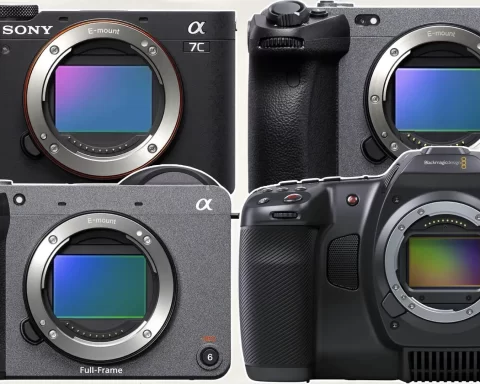
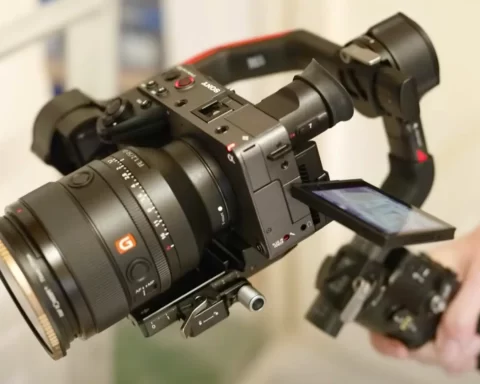
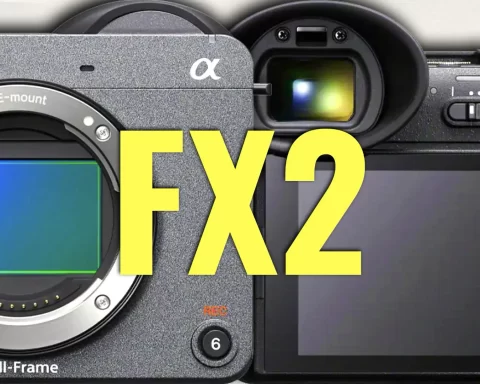
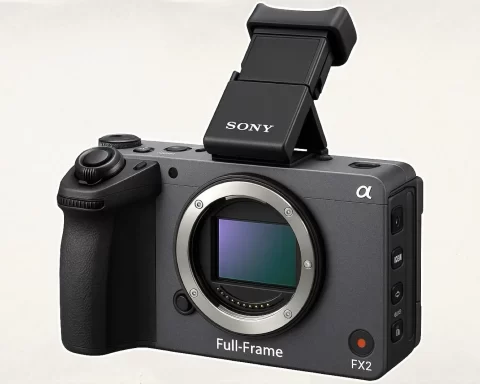
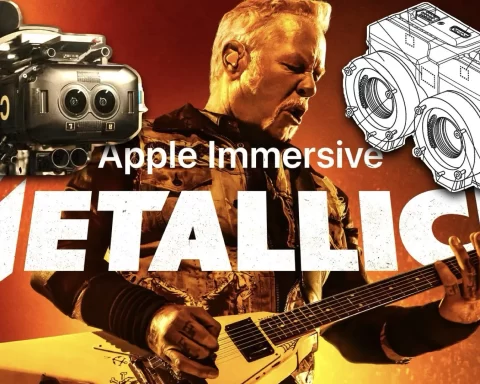
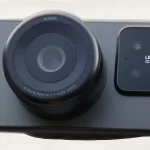
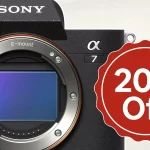
You got to get real. There has often been top mobile sensor with 14 bit mode, anything below 12 is a joke, 16 bit is optimal in the HDR area. Bayer raw recording has been doable for decades. You allways need two or more USB ports, one SSD, one battery, one hdmi monitor and external control case. On screen controls are a bit of a joke. Does it come with the Black Magic design camera app?
No phone (not even the rumored Xperia 1 VII) is replacing a full cinema rig for high-end productions. But the idea here isn’t that it’s a full cinema camera in a phone — it’s that Sony is integrating Alpha-level logic, manual control, and pro-friendly formats into a smartphone, which could make it cinematically capable in the right hands and settings.
We’re definitely not expecting 16-bit Bayer RAW with external SSD support out of the box — and no confirmation on Blackmagic Camera app support either. This is all speculative based on Sony’s teaser and Alpha branding cues. But if they manage real-time LOG preview, clean HDMI, and pro codecs like H.265 with high bitrate, it could still be a powerful B-cam or indie creator tool.